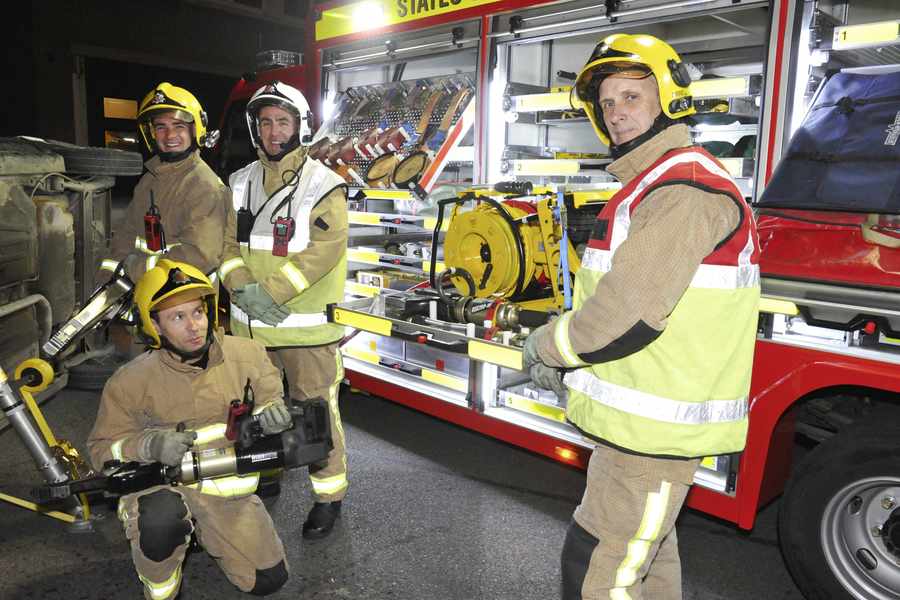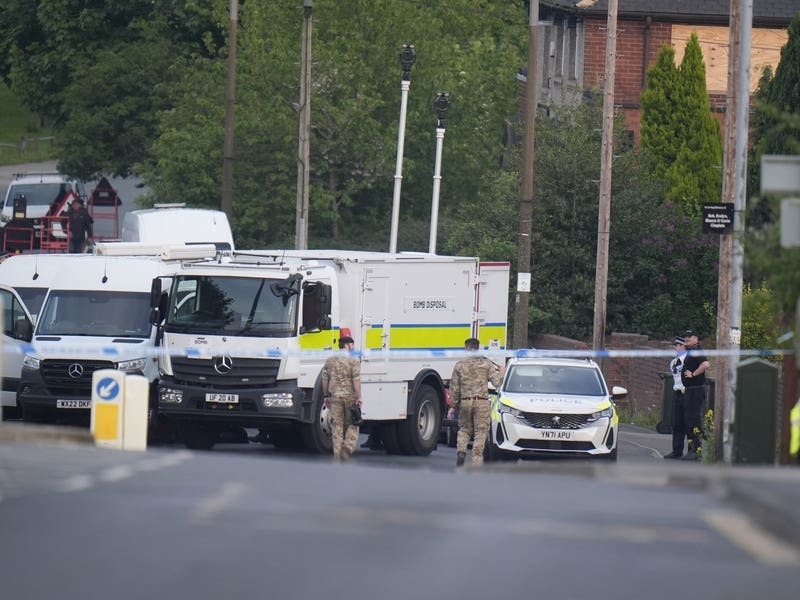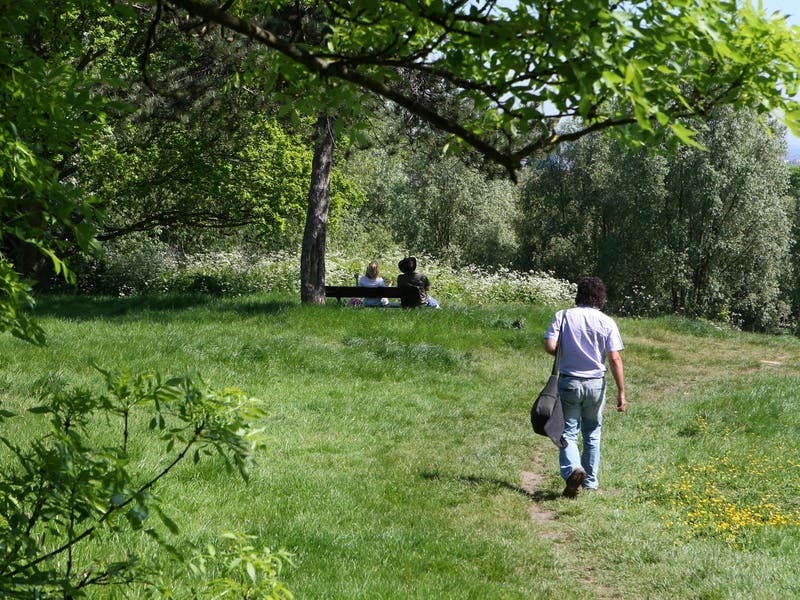- New £104,000 vehicle could reduce response times to serious road accidents.
- Find out what’s on board below.
- Check out our Temps Passé gallery: Firefighting through the years.
A SPECIALLY designed fire and rescue truck which could reduce response times to some of Jersey’s most serious road accidents has come into service.
The new £104,000 Mitsubishi truck, which carries specialist equipment for road and cliff-side rescues, has replaced two 12-year-old vehicles which have come to the end of their operational life.
The truck can carry twice as much equipment as its predecessors, enabling the Fire and Rescue service to send just one equipment-carrying vehicle to the scene of a crash.
The service believes this will reduce response times and potentially help save lives.
Chief fire officer Mark James said because of the nature of Jersey’s geography there are cliff faces that pose serious hazards to drivers and recalled several incidents where cars had been left in precarious positions after an accident.
He added that because the new vehicle carried all the equipment needed to deal with a crash and cliff-side rescues it could save vital seconds in those circumstances.
‘If there is a crash, cars can end up in all sorts of places that are difficult to reach and if there are people trapped inside seconds really do count from a medical point of view and from a fire point of view because there is always a chance it could ignite because of the fuel,’ said Mr James, who added that the vehicle was specially designed for Jersey’s needs.
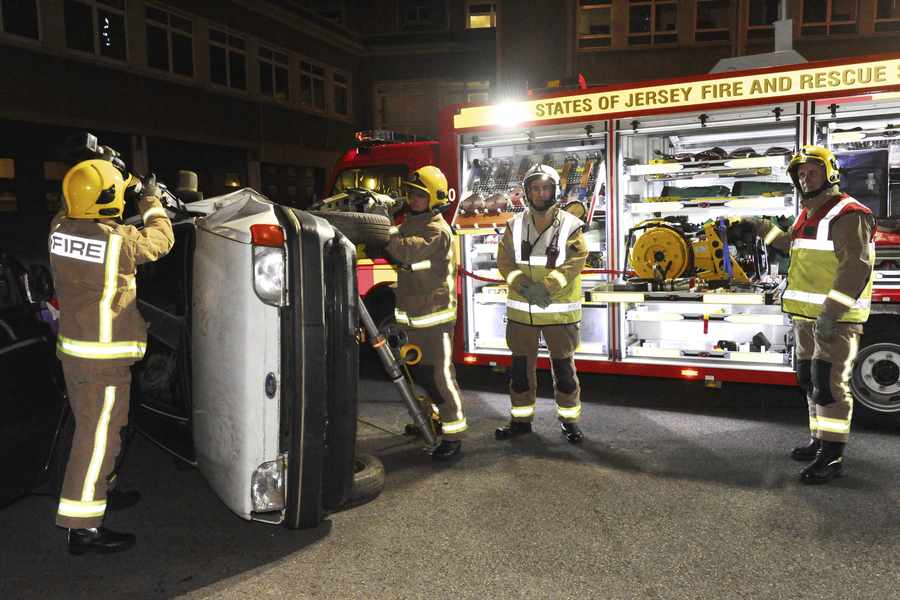
Watch commander Richard Ryan said the new truck, otherwise known as Fire 2.0 Rescue Unit, was smaller than the standard front-line vehicles and crews have been involved in familiarisation drills during recent weeks.
‘If a car goes over a cliff, say, we would previously have sent three vehicles, two carrying RTC and specialist rescue equipment and other with the crew on board.,’ he said.
‘Now we will have to only send two vehicles because this can carry all the equipment we need.’
Mr Ryan added: ‘It will definitely free up some staff.
‘Seconds are vital I really do think it has the potential to save some lives.’
Earlier this week the fire service were called when a fire forced the States out of the chamber.

- Flotation devices, including a towing line and life ring
- Road traffic collision stabilisation equipment to assist crews in making a crash site safe when dealing with collisions
- Hydraulic cutting equipment known otherwise as the Jaws of Life
- Scene safety equipment flashing road signs and airbag restraints to stop undeployed airbags causing further injuries
- Casualty transport equipment tripod winch for pulling people up steep cliffs and an alpine stretcher
- USAR Urban Search and Rescue equipment
- Electric winch mounted to the front of the vehicle capable of pulling up to 2.5 tonnes
- Side-mounted anchor points to allow crews to lower rescuers over cliff edges to retrieve casualties
- Front-mounted spotlight to light up scenes at night
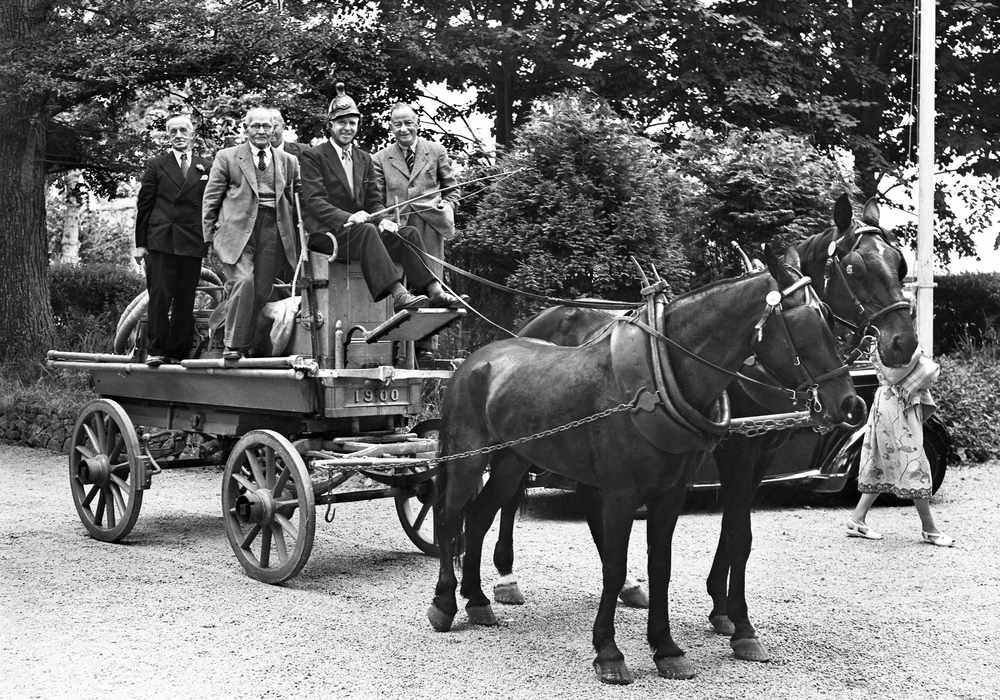

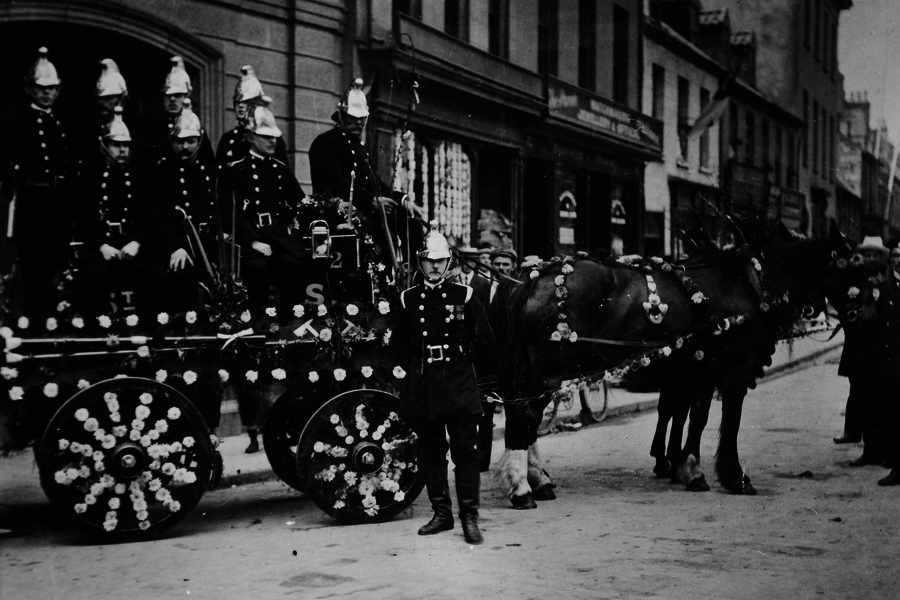

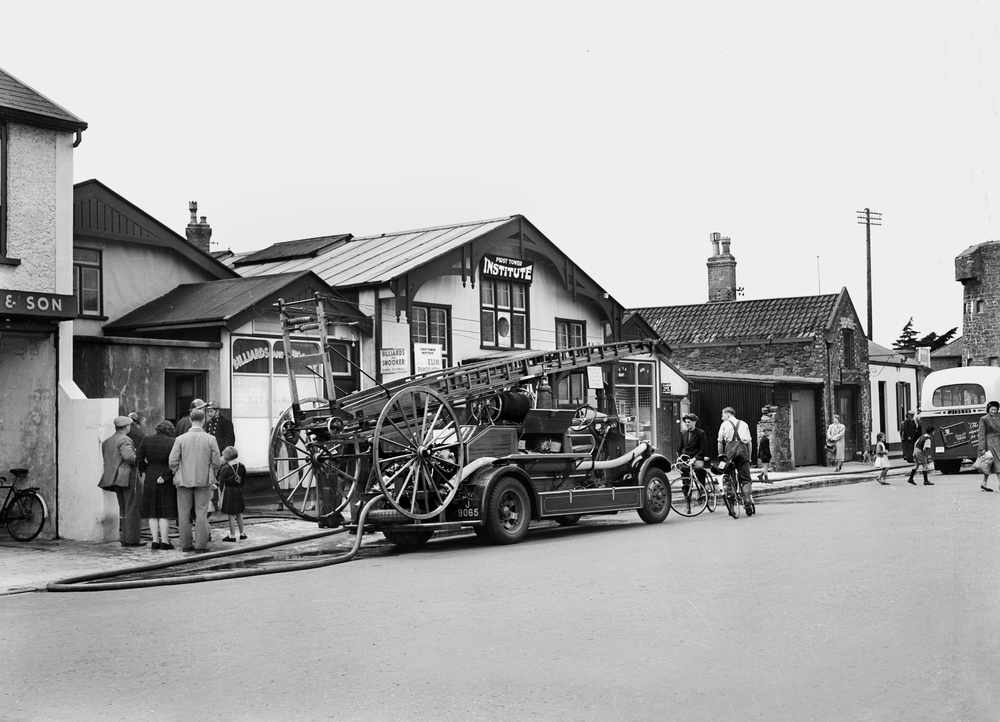
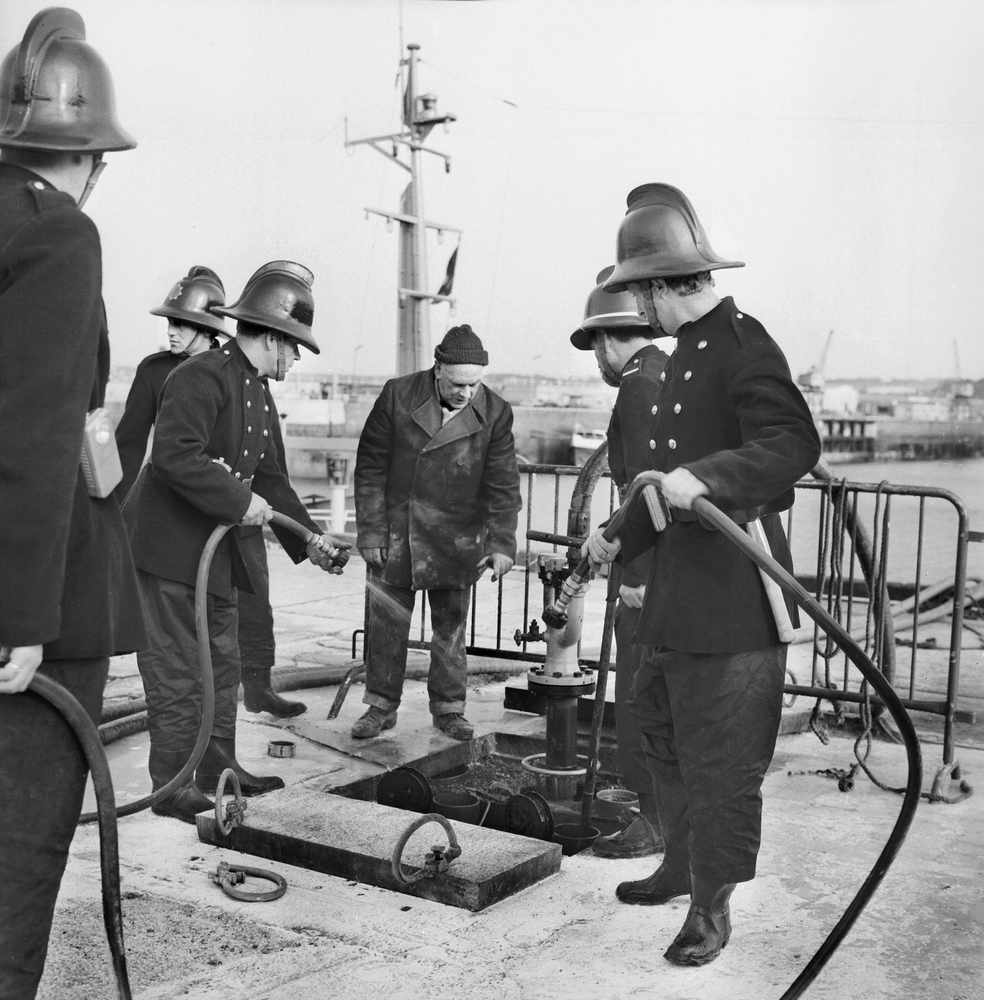
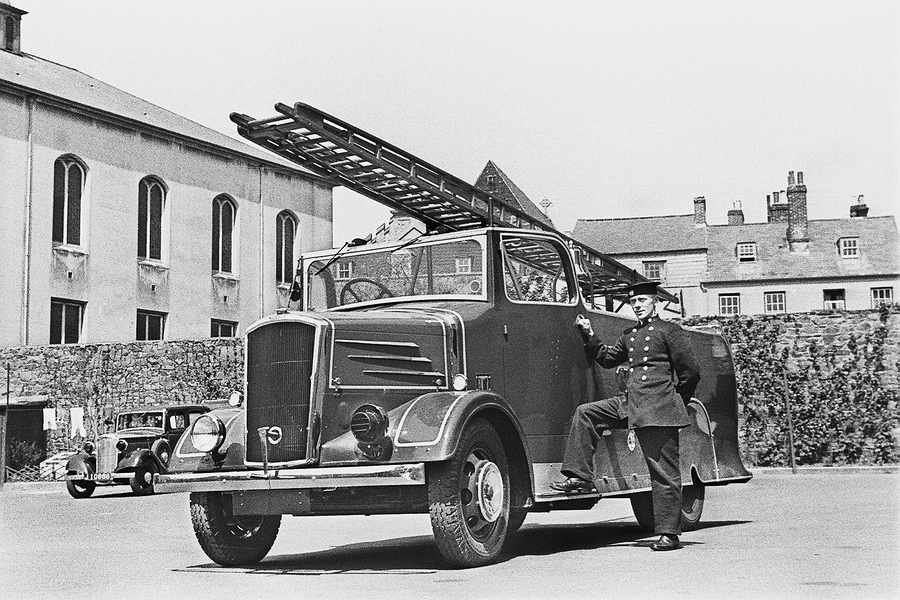
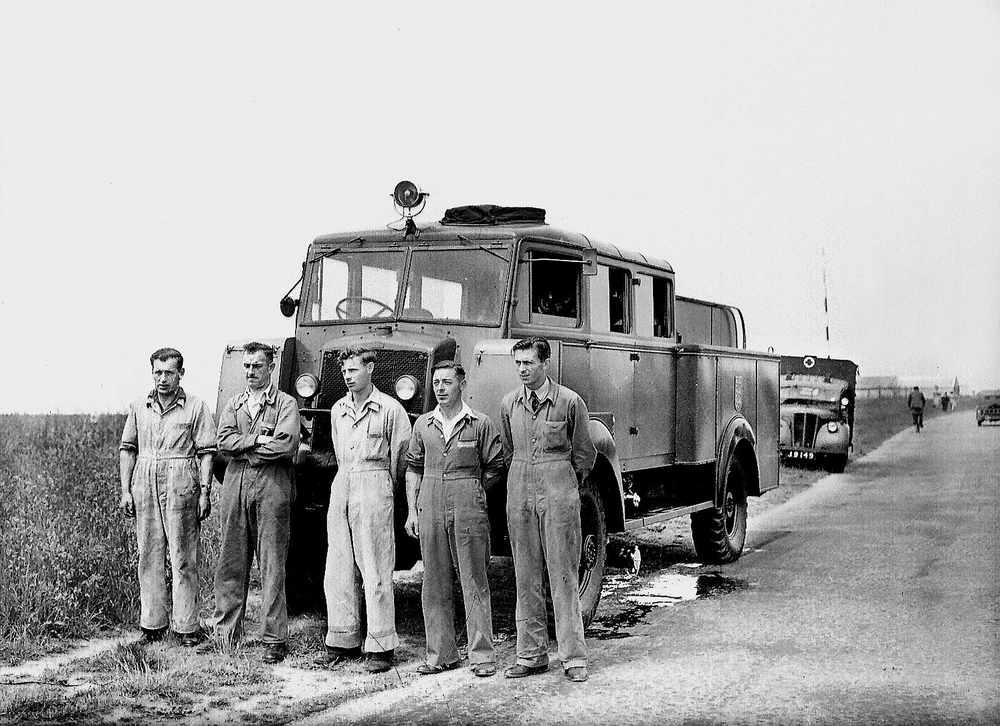
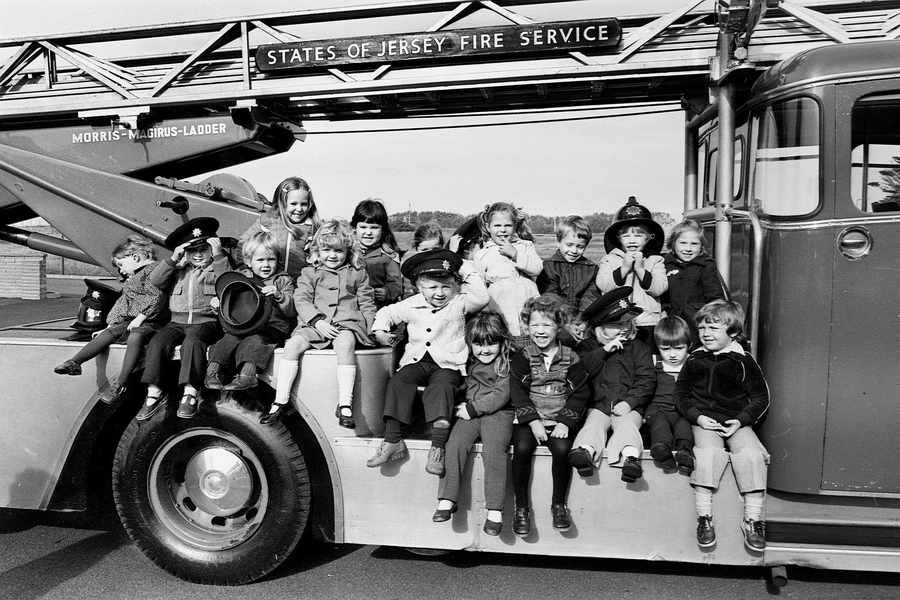


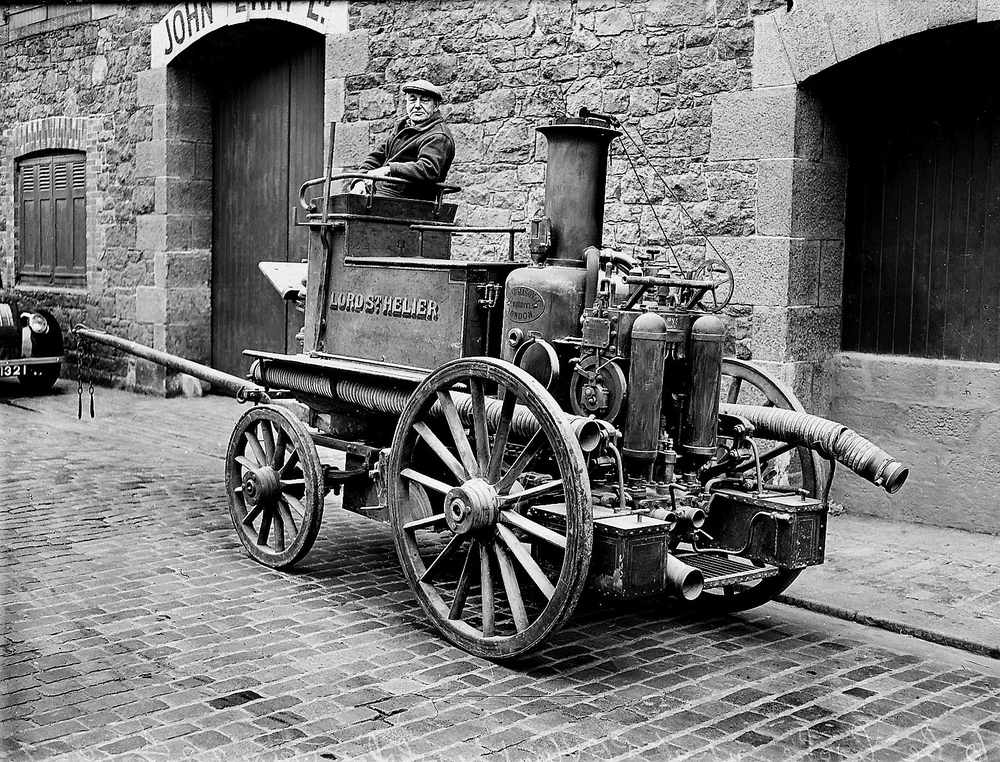
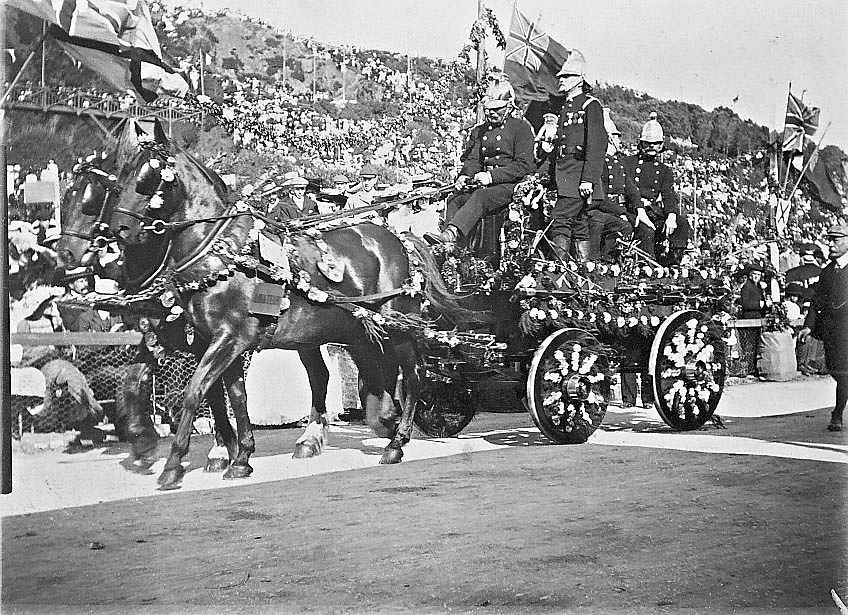

THE new specially designed fire and rescue truck would have come in handy in November 2007, when their car plunged more than 60 feet off the cliffs at Jeffrey’s Leap.
Fortunately the two teenage girls – both 17 at the time – escaped without serious injury.
Coral Ogilvie’s car veered off the cliffs, and she and her passenger Francesca Blackmore had to scramble up the cliff face to safety as the tide came in.
‘I just remember going over the edge and my car rolling in the air,’ said Coral at the time.
‘It was very scary.’

